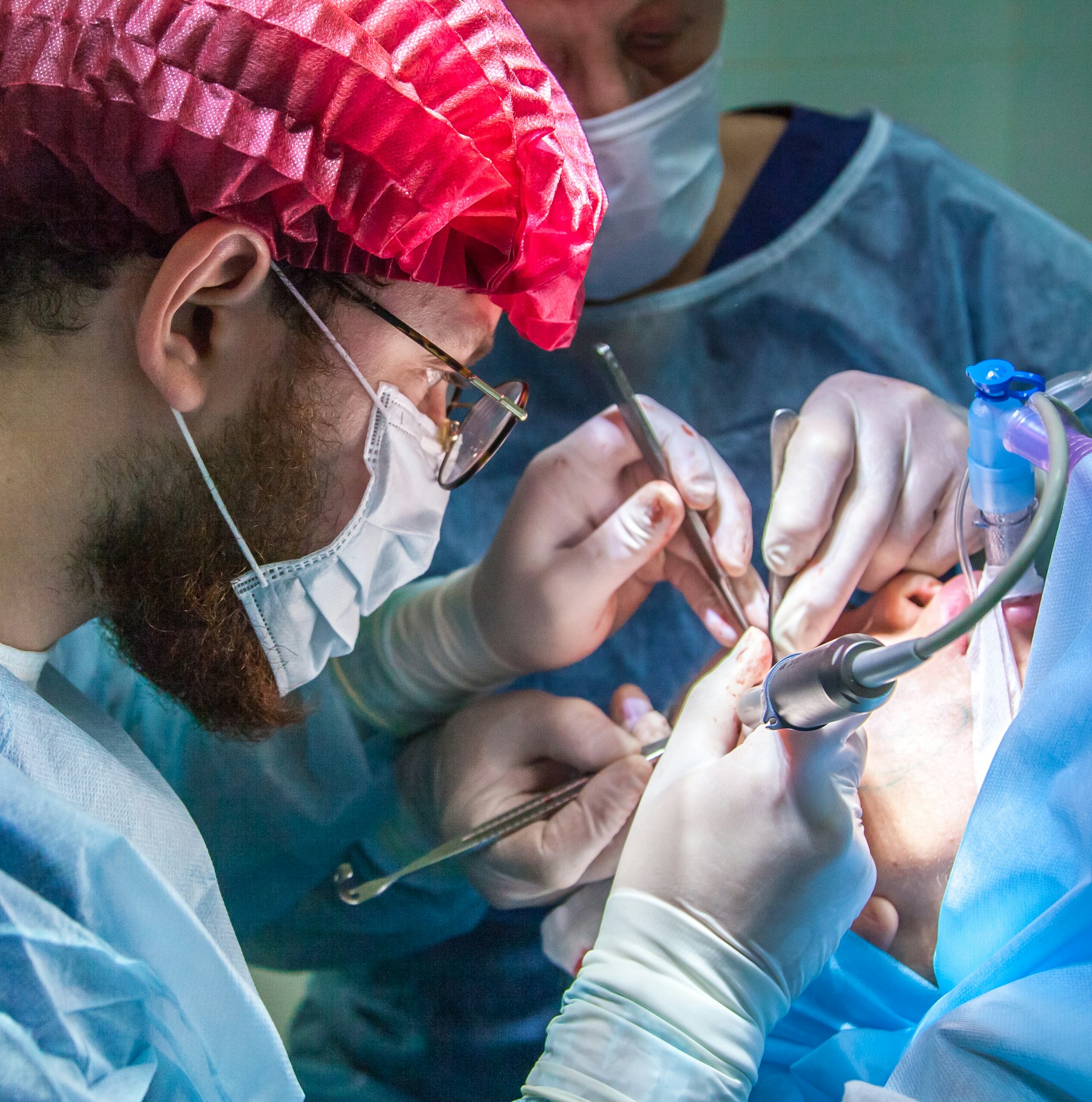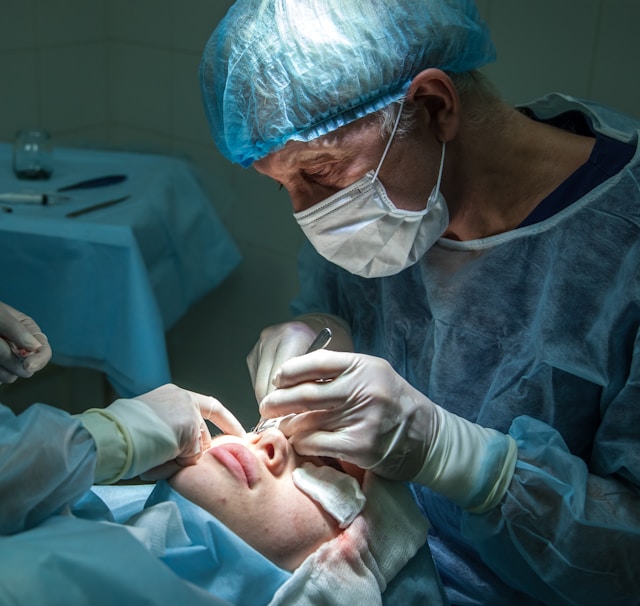Exploring the Unseen: Complications in Silk Eye Surgery

Silk eye surgery is a fascinating procedure that promises improved vision and enhanced quality of life for many. However, like any medical intervention, it carries potential complications that can often go unnoticed until they arise. Understanding these hidden risks is crucial for anyone considering this surgery. However, it is also important to weigh the benefits of SILK surgery before deciding. From infections to suture reactions, there’s much more beneath the surface than meets the eye. Let’s dive into these unseen complexities and shed light on what patients should be aware of before undergoing silk eye surgery.
Infection
Infection is one of the most significant risks associated with silk eye surgery. Despite sterile environments and advanced techniques, bacteria can still find a way to infiltrate sensitive areas during or after the procedure. Post-surgery, patients must be vigilant for signs of infection. Redness, swelling, and discharge around the eye are all warning signals that shouldn’t be ignored. In some cases, infections can escalate quickly if not treated promptly. Antibiotic prophylaxis is often prescribed as a preventive measure. However, individual responses vary widely among patients. Some may experience side effects, while others might develop resistance over time.

Suture Reactions
Suture reactions can pose a significant challenge in silk eye surgery. While sutures are essential for wound closure, they can sometimes trigger unexpected responses from the body. Patients may experience discomfort or irritation where the sutures are placed. This reaction can manifest as redness, swelling, or even discharge around the eye area. It’s a signal that the body is reacting to foreign material, which isn’t uncommon with silk sutures. In some cases, these reactions lead to granuloma formation. Granulomas are small lumps caused by inflammation and can complicate recovery.
Vision Problems
Vision problems can emerge after silk eye surgery, often leading to unexpected challenges. Patients may experience blurred vision, which can be disconcerting. This might not just relate to the initial healing process but could indicate underlying complications. Some individuals report issues with depth perception or night vision. These changes can affect everyday activities and diminish quality of life. It’s crucial to monitor any alterations in sight post-surgery. In rare cases, patients may develop double vision—a condition that complicates recovery and requires further evaluation. Such symptoms underscore the importance of thorough follow-up care after surgical procedures.
Corneal Endothelial Damage
 Corneal endothelial damage is a concerning complication in silk eye surgery. The cornea relies on its endothelium to maintain clarity and transparency. This delicate layer plays a crucial role in regulating fluid balance. When improperly placed or tightened sutures can increase pressure within the eye. This pressure may compromise the endothelial cells, causing them to lose their function over time. Patients might experience blurred vision or discomfort as these cells struggle to recover.
Corneal endothelial damage is a concerning complication in silk eye surgery. The cornea relies on its endothelium to maintain clarity and transparency. This delicate layer plays a crucial role in regulating fluid balance. When improperly placed or tightened sutures can increase pressure within the eye. This pressure may compromise the endothelial cells, causing them to lose their function over time. Patients might experience blurred vision or discomfort as these cells struggle to recover.
In severe cases, permanent clouding of the cornea could occur, necessitating further medical intervention or even transplants. Silk eye surgery has become a popular option for many patients seeking solutions to various ocular conditions. However, it is essential to recognize the potential complications that can arise during and after the procedure. With knowledge comes empowerment—making informed choices leads to improved health decisions regarding eye care and available treatment options. We hope that you have found this blog post helpful.



